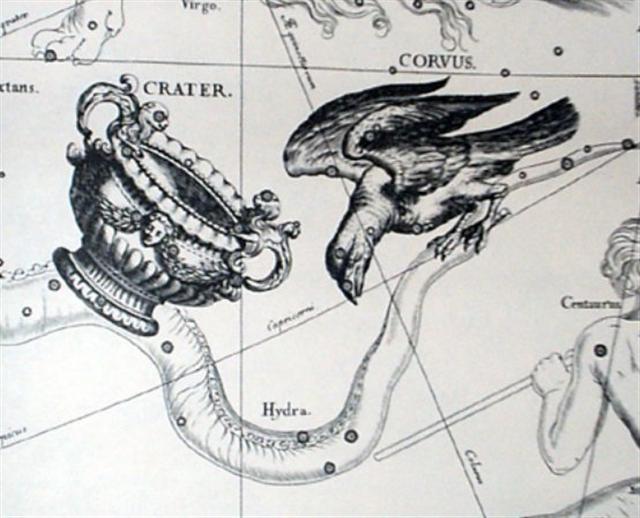I have divided the sequences of glyphs in the periods in 2 parts, the first of which is ending in a complex glyph where Sun is at left (in the past) and at right a fish:
At the beginning of one of these 'Moon' periods there is always a pair of 'persons' not looking straight at each other but slightly upwards. But tagata in Ca6-18 is exceptional because otherwise this position (as number 2 in order) has someone sitting down. Also in Gb6-2 there is a standing person (tagata) at this time (defined in G by extrapolating backwards from the beginning of side a and defined in C by the southern equivalent of northern February 25):
Possibly the reason could be that February 25 can be read as 2-25 = 225 = 15 * 15. Counting 225 days backwards from February 25 (day 421) will lead us to Pollux (and the significant glyph 116):
Of course we could alternatively read August 26 as 8-26 = 826 = 2 * 413 = 28 * 29½. 826 - 2 * 365 = 96 (100 less than 196), and counting backwards 96 steps from August 26 (day 238) will lead us to Gregorian day 142:
Should we not add stars also for the glyphs from Ca6-17? The Chinese station beyond Extended Net has α Crateris (Alkes) as leading star:
The leading star of Chariot, the last Chinese station, is the very bright star Gienah (γ Corvi) which in rongorongo times rose heliacally in RA day 185. Glyph 185 in the C text corresponds to Ga7-17 (28 days after Ga6-17). August 25 (237) + 28 = Gregorian day 265 = September 22, which day is autumn equinox north of the equator and therefore a suitable place for a Chinese end station:
Probably the creator of the C text used an absent eye as a Sign in order to make the reader look back to Ca7-14. This position corresponds to 0h if we should translate September 19 to spring on the other side of the equator:
262 (September 19) + 183 = 445 = 365 + 80. Ca7-14 is 3 days after the eyeless moe and 3 days before the eyeless Rogo. A central position indicates importance. Alkes is the first star of Crater - but also a part of Hydra - while Gienah is at the left wing of Corvus. According to Hevelius the Hydra constellation makes a deep bend in the 19½ days from Alkes and Gienah:
| ||||||||||||||||||||||||||||||||||||||||||||||||||||||||||||||||||||||||||||||||||||||||||||||||||||||||||||||||||||||||||||||||||||||||||||||||||||||||||||||||||||||||||||||||||||||||||||||||||||||||||||||||||||||||||||||||||||||||||||||||||||||||||||||||||||||||||||||||||||||||||||||||||||





















